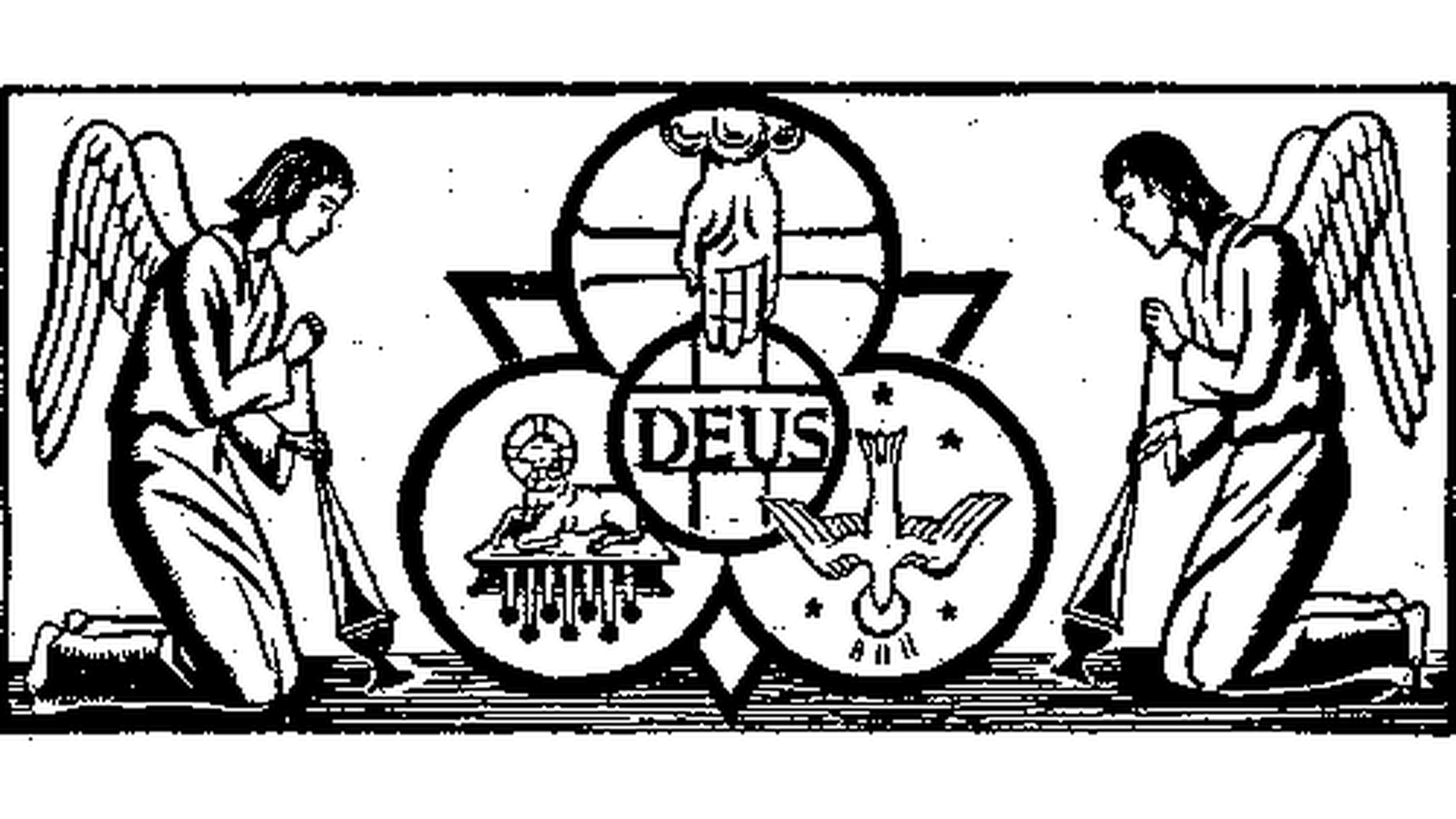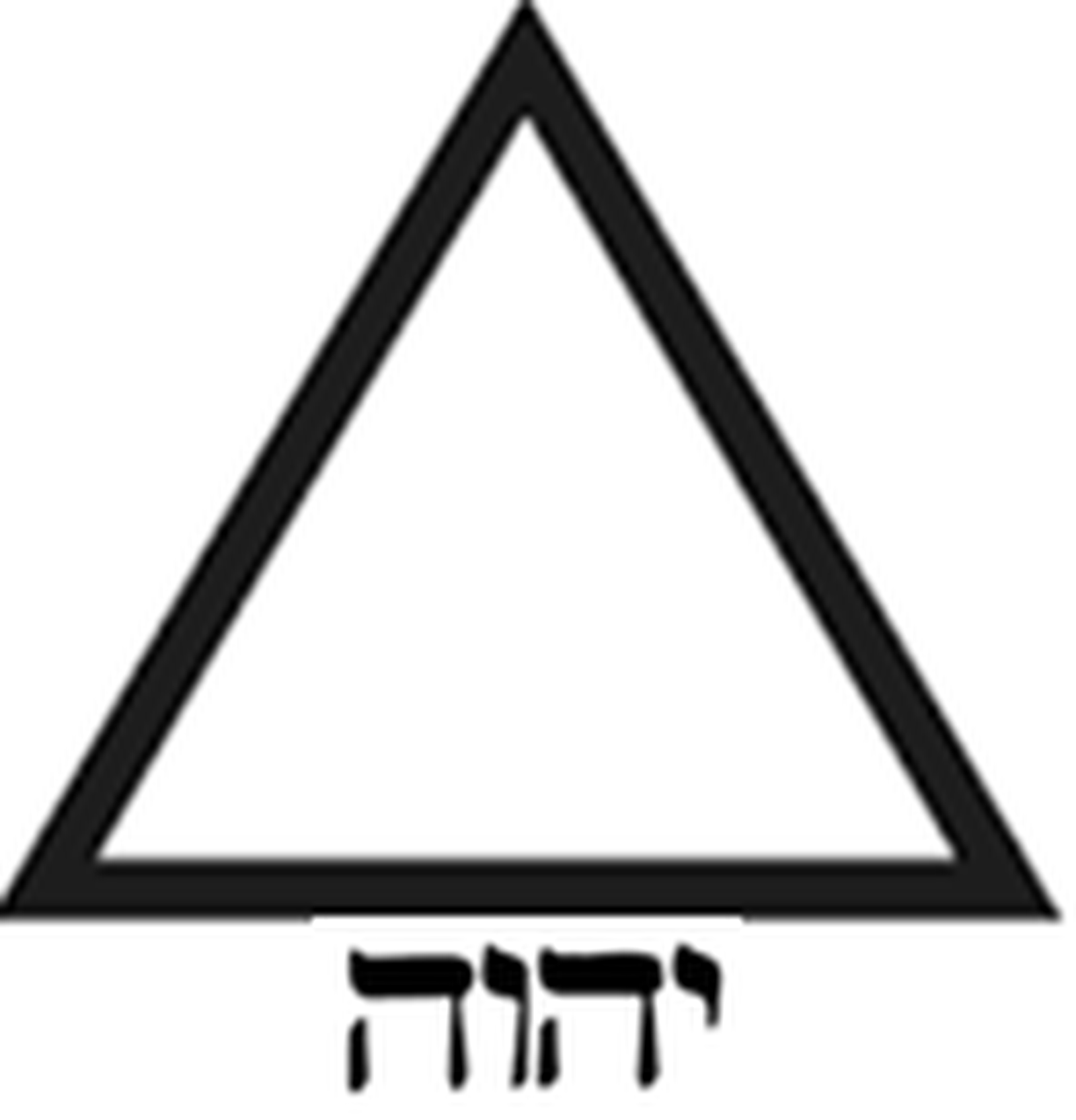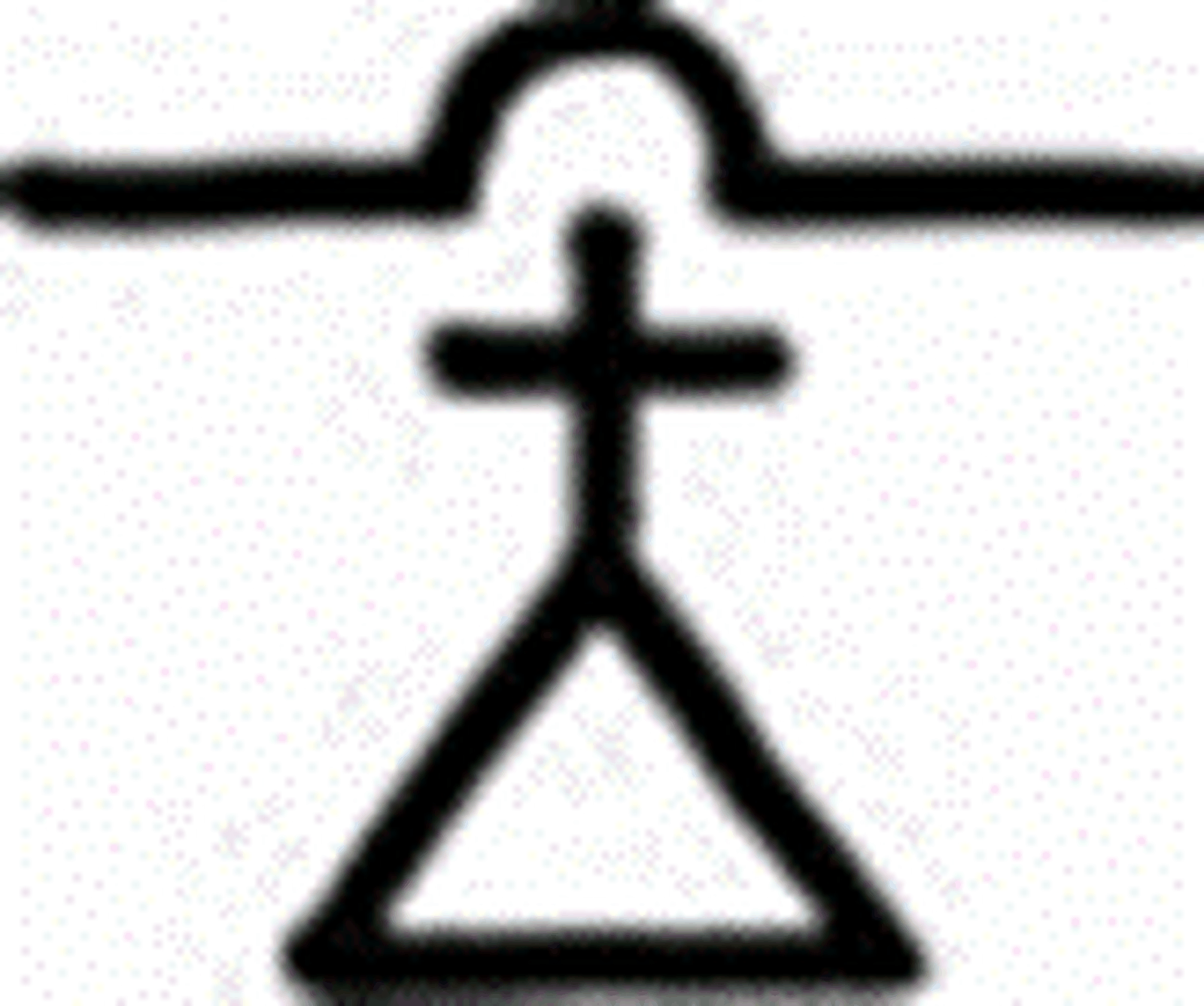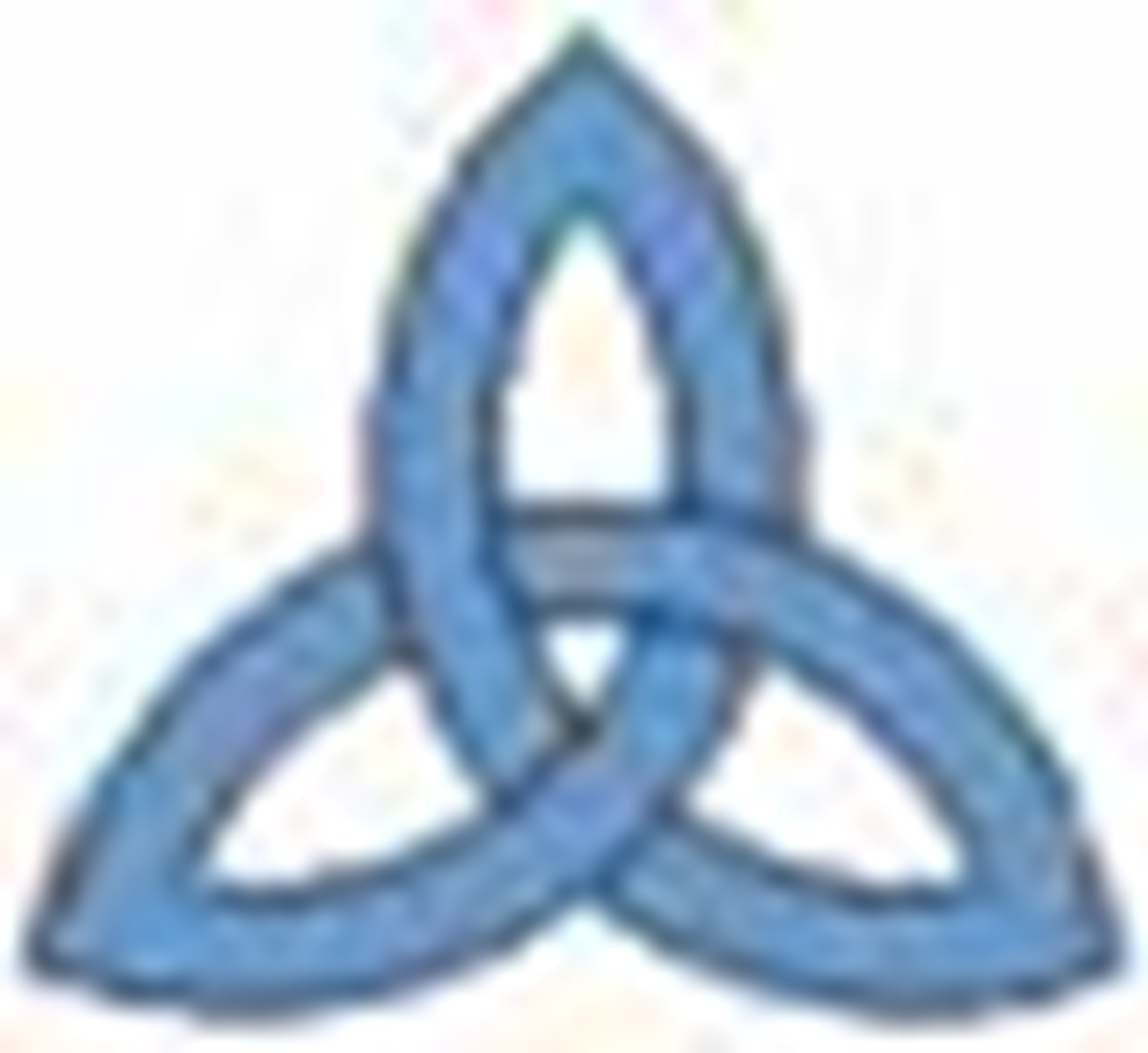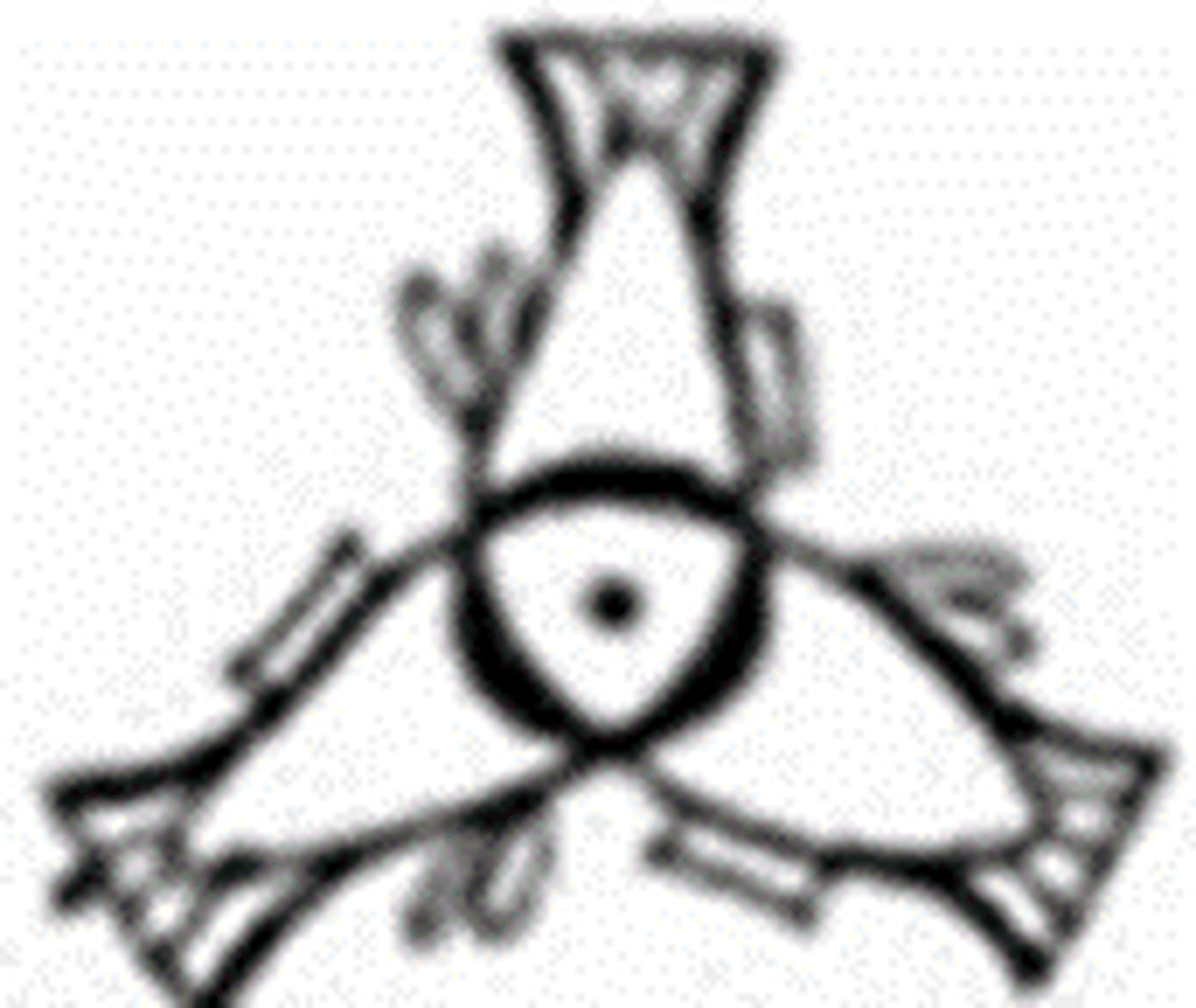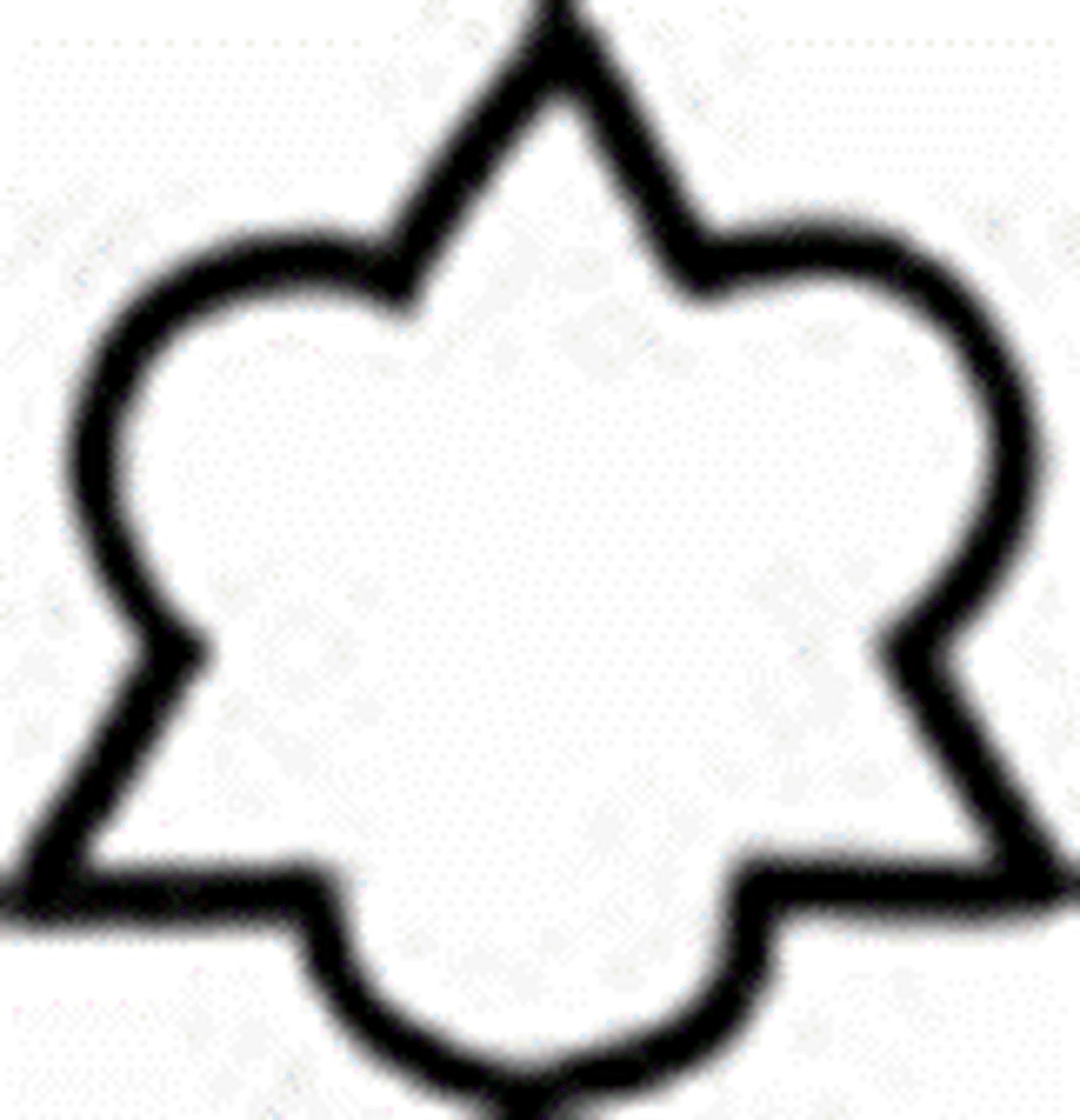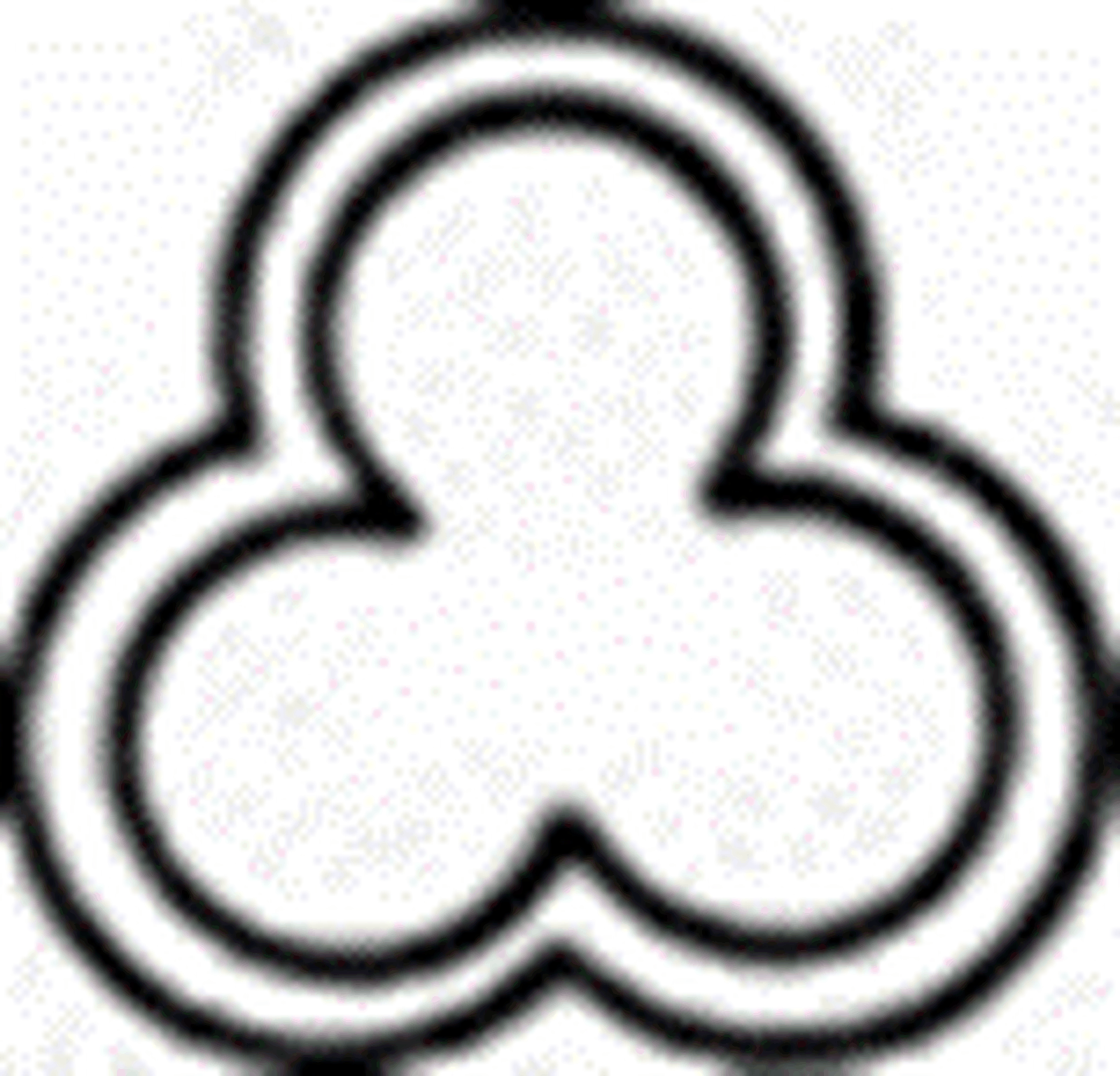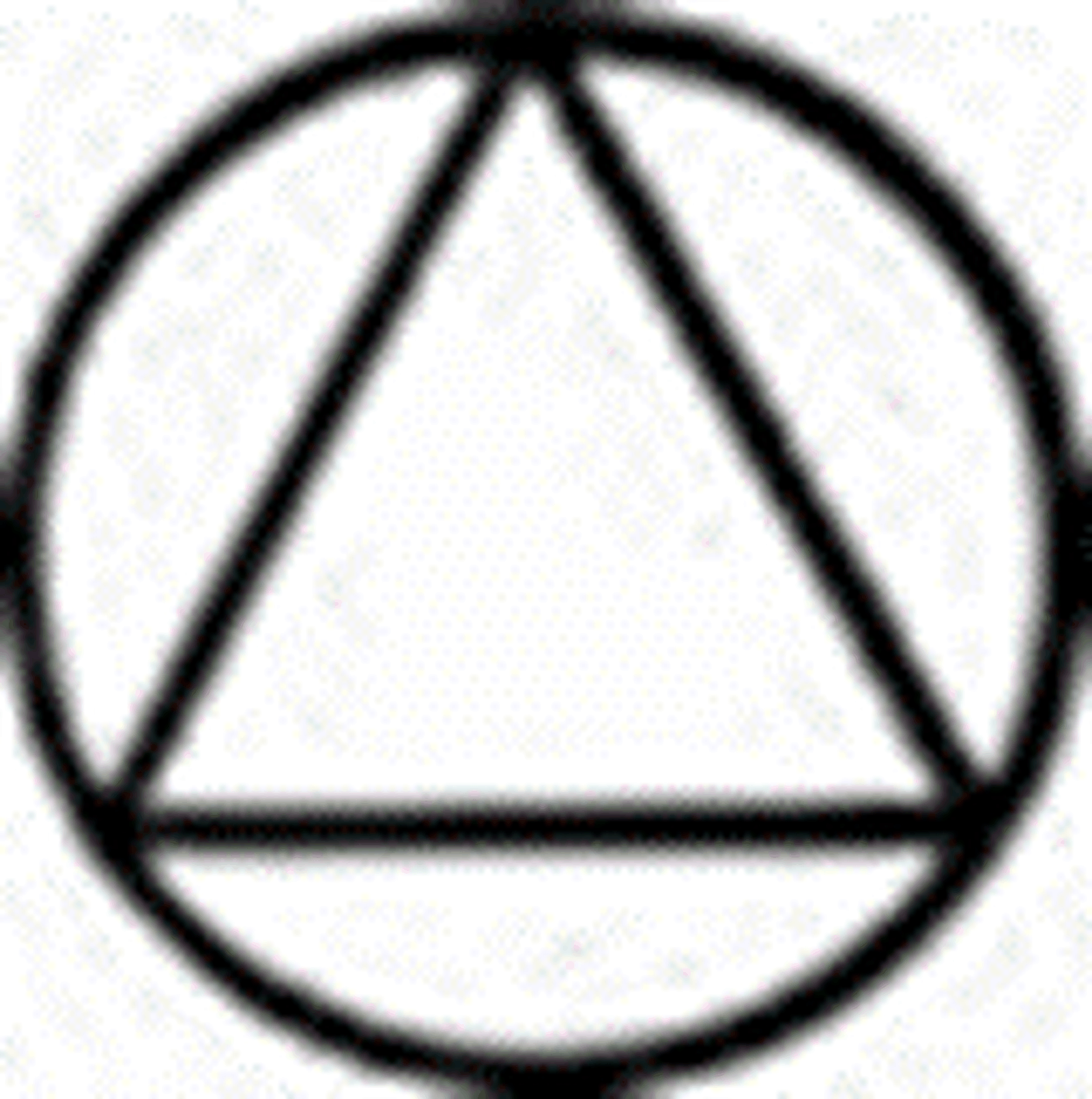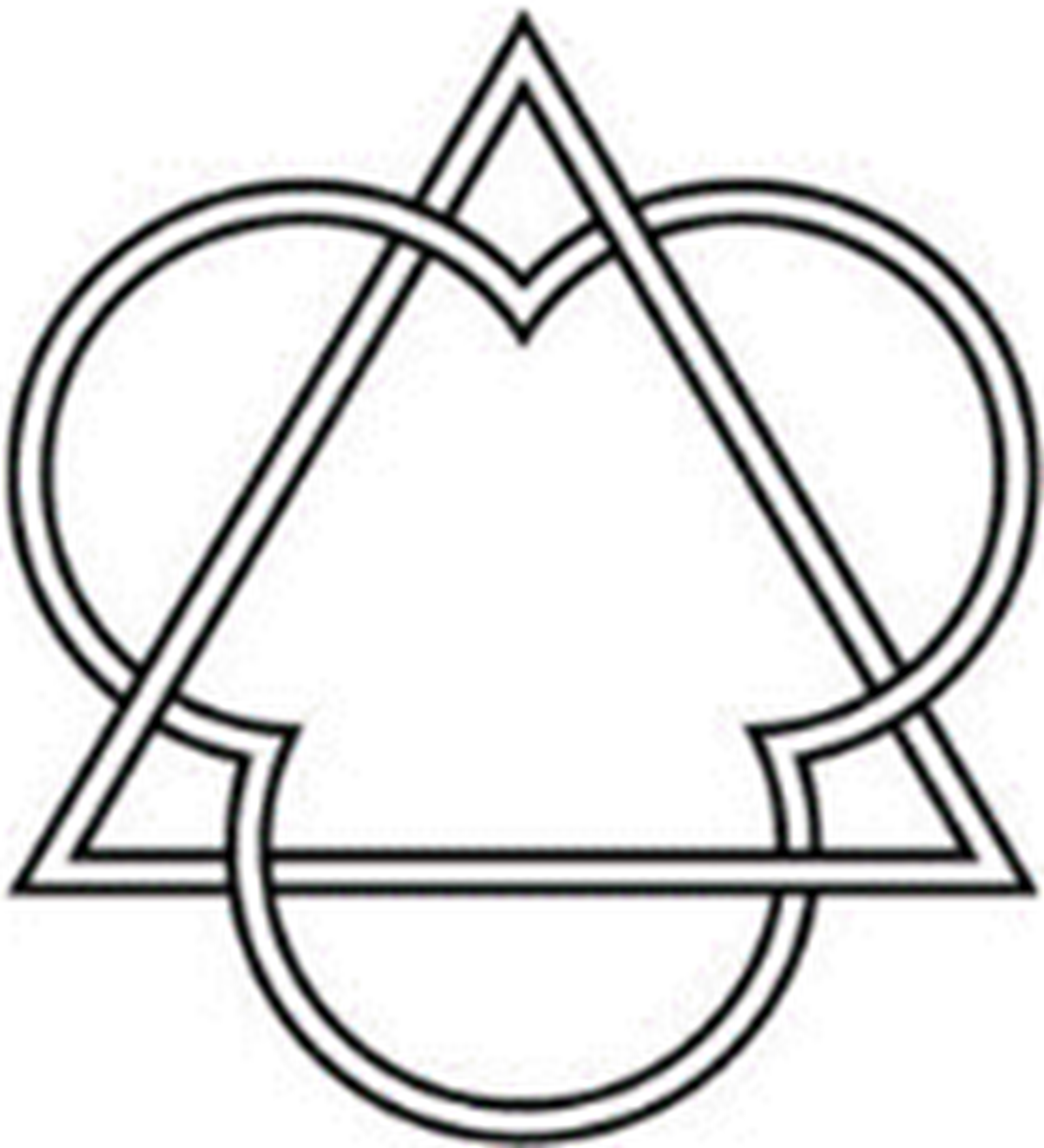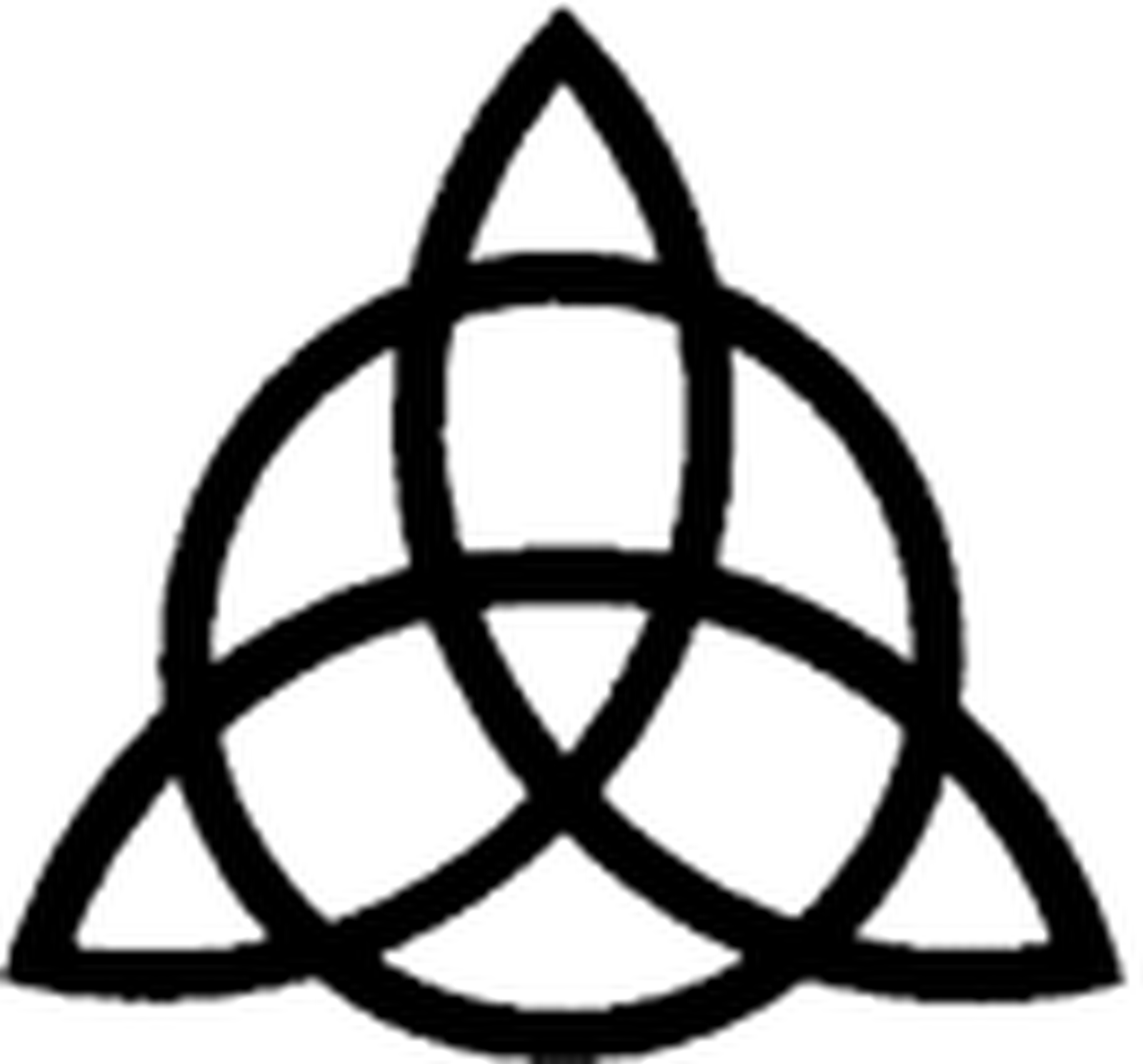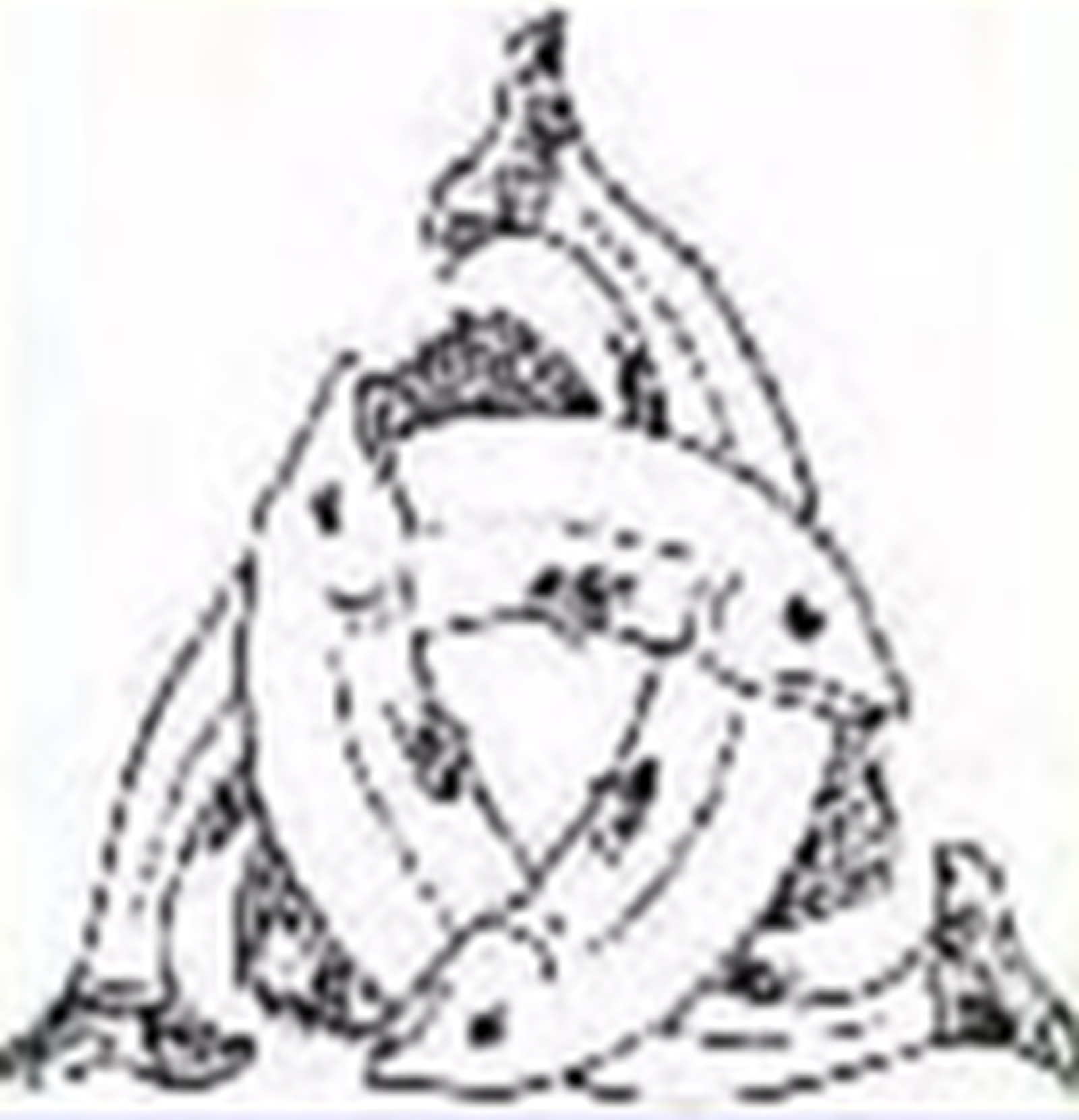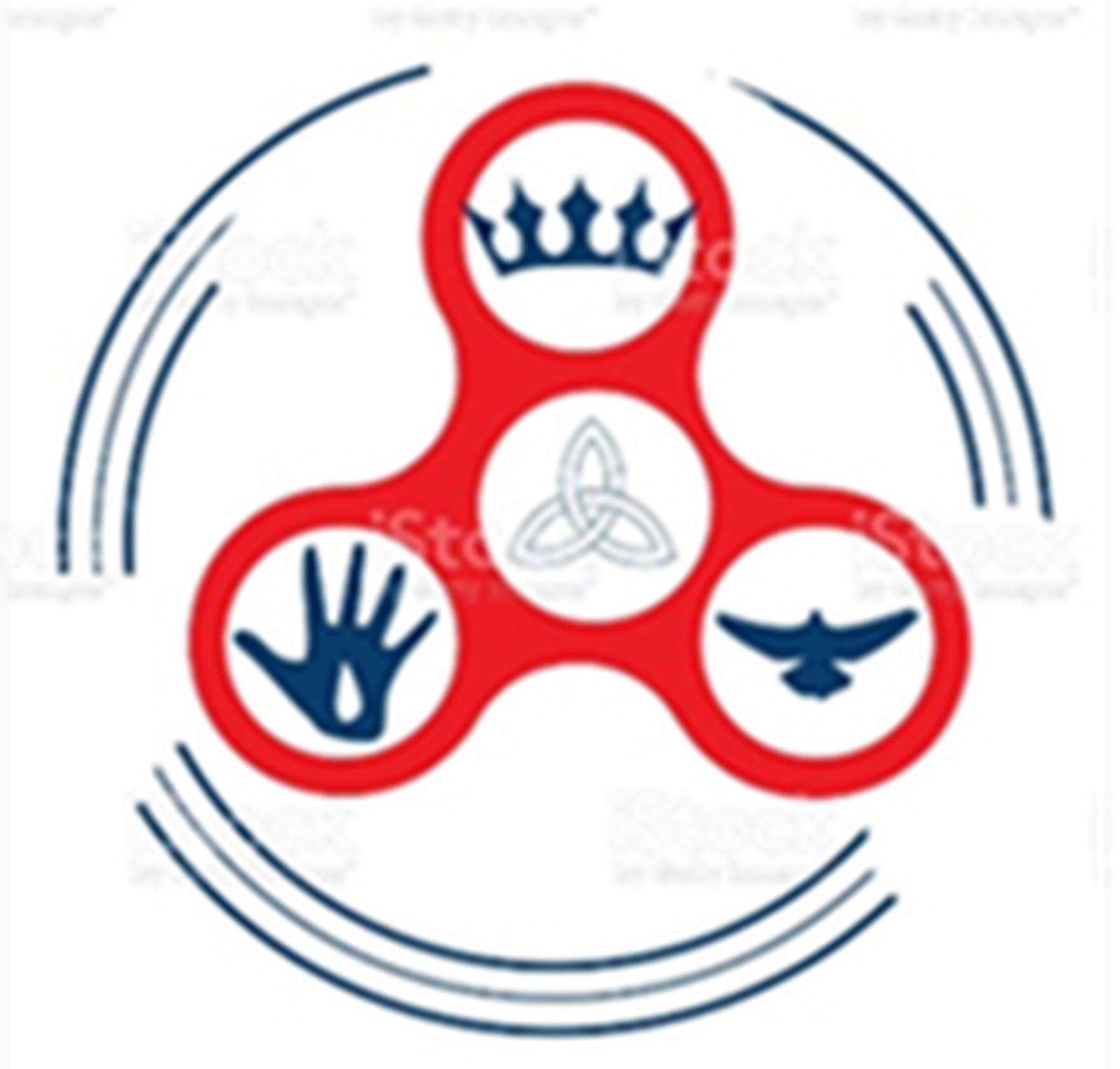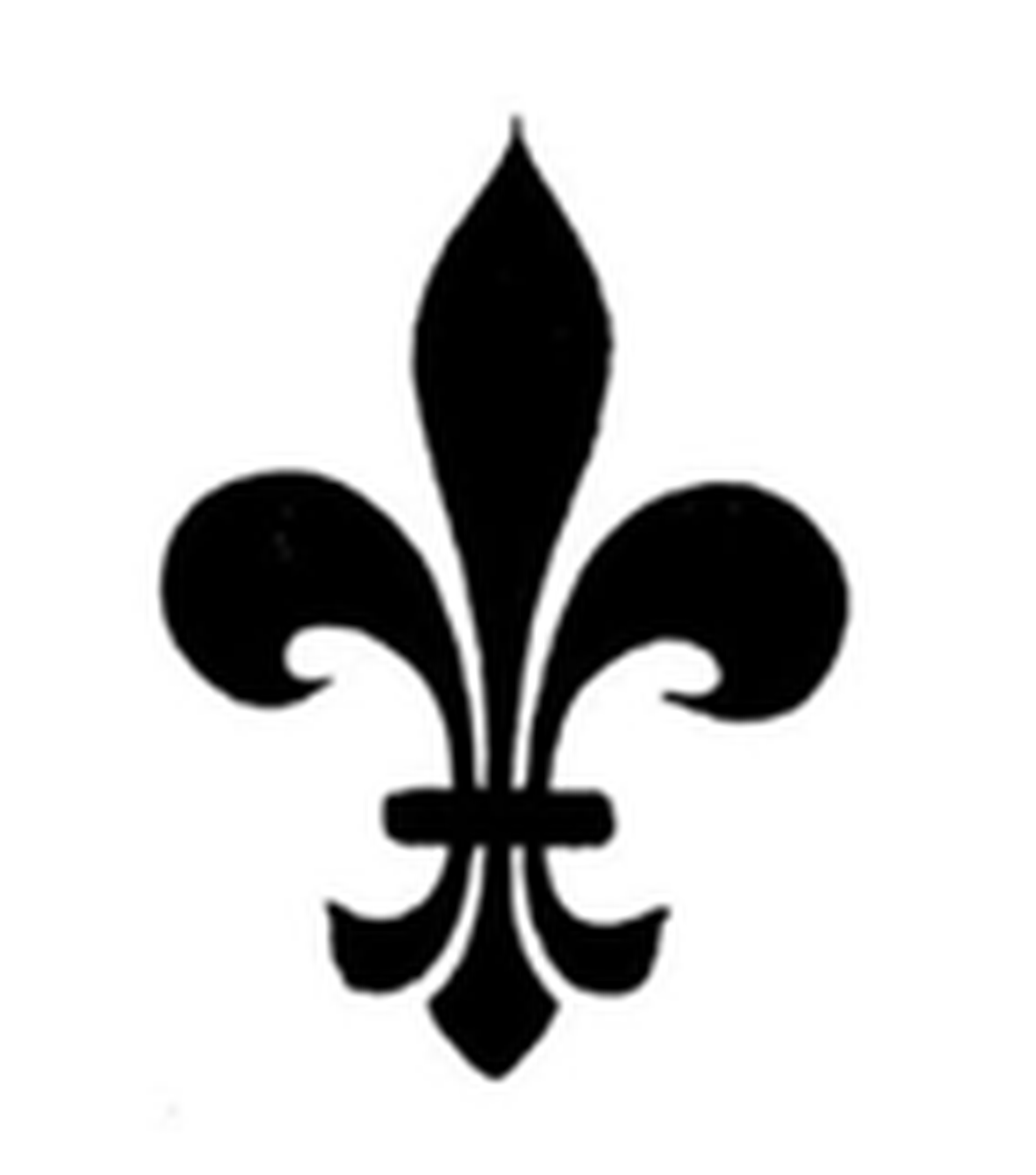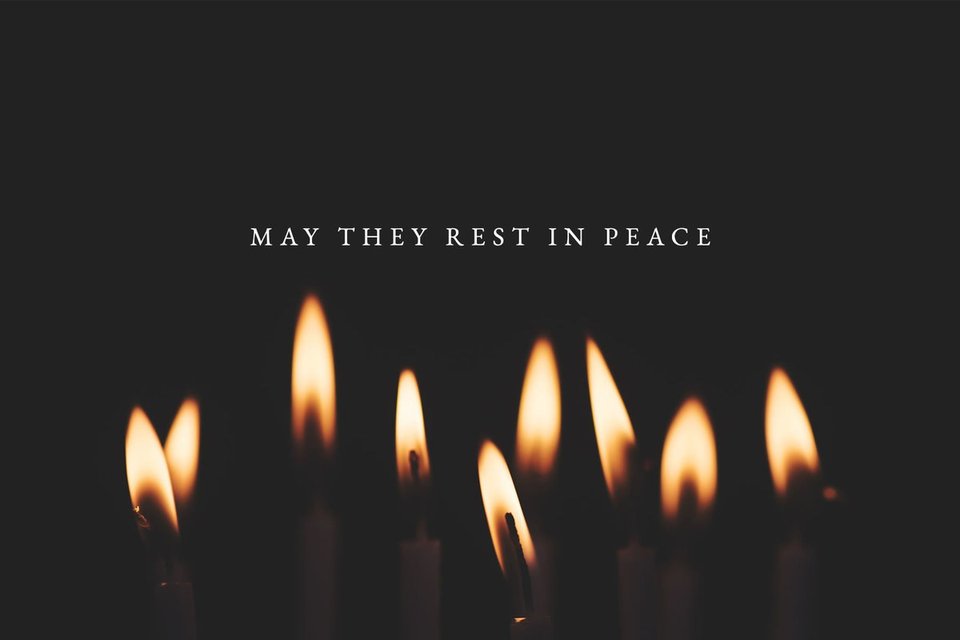Jesus revealed that the One God is, at the same time, Three Divine Persons: Father, Son and Holy Spirit. Since God is Love, God must Love, and that Love is God. This concept defies precise explanation in human terms.
At first, unable to express this idea in words, writers resorted to numerology, much in vogue among our Judeo-Christian forebears. Since they saw 6 as the number of imperfection, 666 represented the absolute worst. Seven was considered the number of perfection; 777, therefore (Greek: Επτακόσια εβδομήντα επτά; Latin: DCCLXXVII), was used to represent One God in Three Divine Persons, the greatest perfection.
Pope Pius XII, seeking the bones of the fisherman, began excavations under St. Peter’s Basilica in 1940. In the necropolis, a wall covered by a maze of writing scraped into the plaster was discovered. Dr. Margharita Guarducci, professor of Greek epigraphy at the University of Rome, was asked to investigate overlapping lines of writing — visitors, it was discovered, had incorporated parts of earlier prayers into new messages.
Armed with flashlight and magnifying lens, Dr. Guarducci clambered into the cramped, dusty space, taking photos, making notes and tracing lines. She spent five years deciphering the graffiti, discovering a good deal of Catholic teaching in code.
Among the inscriptions Dr. Guarducci found "A O," transliterating the Greek "A W," a reference to Revelation 1:8: “I am the Alpha and the Omega,” says the Lord God, “who is and who was and who is to come, the Almighty.” Sometimes she found the initials reversed as "O A" to illustrate Jesus’ words, “Whoever believes in Me, even if he dies, yet shall he live” (John 11:25). In this code devised by Christians of the first century, the alpha “A” used by itself often stood for “Jesus,” and triple alphas, AAA, indicated belief of One God in Three Persons, an ancient display of orthodox Christianity long before any conciliar decree.
Around the year 160, St. Theophilus of Antioch suggested the word “triad” to describe the relationship of one Person to Another. Other Christian philosophers found this explanation unsatisfactory. Paganism was rife with triads of gods and demigods whose mythologies reflected nothing of the sublimity of the exalted nature of God as revealed by Moses, by the prophets and, finally, by Jesus.
Sometime near 190, Tertullian, the brilliant Roman attorney, priest, and insightful Christian apologist, grappled with this concept. Looking for an original way to express Three Divine Persons as one God, he came up with a compound word, tri-une (“three [in] one”) which he expressed as Trinity.
As the Faith blanketed the Mediterranean world, taking hold in various cultures, it had to compete with pagan concepts of ethics and idolatry. At first, the Jewish perception of the divine command forbidding the representation of animals or humans, let alone God, remained strong among Christians. This prohibition never included depicting geometric forms, however, allowing Catholic artists to invent a symbolic art.
While examples representing many categories of Christian belief adorn the walls of tiny, ancient churches and appear on the walls of the catacombs — always for catechetical purposes — this article is devoted only to symbols illustrating belief in the Holy Trinity. A number of symbols came to be used that easily could be seen as symbolically representing this glorious dogma, if one does not press the imagery too strongly, since, in this life, it remains impossible to know God as He really is. We shall have to wait until our glorification in the afterlife to see God and know Him face to face.
1. The EQUILATERAL TRIANGLE: the simplest form representing the Trinity, with the name of God (I AM WHO AM) in its Hebrew form, YHWH. In art, the triangular halo is seen behind the head of God the Father when shown in human form, to denote His Tri-unity.
2. The SIGN of the SPIRIT hovering over the Father’s Triangle crowned with the Cross of Christ forms this ancient Trinity symbol known from the mid-200s. This sign for the Holy Spirit was also used in alchemy and signified the spirit or spiritus, that is, the essence of a substance.
3. The TRIQUETRA, a stylized symbol dating to the early medieval era. The three equal arcs drawn with one continuous, interweaving stroke demonstrate the Trinity’s eternal unity and equality.
4. THREE FISHES is an ancient ideogram depicting high spiritual dignity, in use some 3,000 years before Christ. Early Christians saw it as a fitting symbol of the Holy Trinity, using the fish symbol of Christ. The triangle formed by the gills surrounding the single eye denotes the tri-unity of God.
5. The TRIANGLE with HEMISPHERES is composed of signs for divinity, power, fire, holiness and prosperity. Moreover, each side of the ideogram depicts a sign in Christian symbolism for the Holy Ghost (see #2 above).
6. The TREFOIL is a stylized form suggesting the shamrock, the little flower with which St. Patrick illustrated the Trinity in his preaching. He would hold up a shamrock, and ask if it was one leaf, or three. The answer, of course, was that it is both. This design is generally found in Gothic style churches as a frame in stone for stain-glass windows.
7. TRIANGLE within a CIRCLE is not as common in modern ideography for the Trinity as it once was. The triangle within a circle demonstrates the eternal essence of the One God encompassing the Three Divine Persons. Before its use as a symbol for the Christian belief in the Triune Deity, this symbol represented the elements in an alchemical context. In recent years, this design has been adopted by Alcoholics Anonymous, used with their slogan, “Easy Does It.”
6. TRIANGLE INTERLACED with a TREFOIL is a rare symbolic representation of God, emphasizing the divine, eternal aspect of the Holy Trinity. The same shape as the Triangle with Hemispheres with the addition of interior interlaced lines.
9. The TRIQUETRA is often seen in art, Catholics understanding the form to demonstrate the equality of the Three Divine Persons; the circle exemplifying the unity and eternal life of the One God.
10. THREE FISHES arranged in a Trinitarian form suggests the Ichthys sign used by early Christians to identify themselves to each other, as well as the miraculous multiplication of fishes. In his dissertation on baptism, Tertullian called Jesus “the Great Fish” whom all the baptized follow as a school of “little fishes.”
11. A FORM of the TREFOIL depicts the Father with a crown, the Son with a nail-pierced hand, and the Holy Spirit dove. The Triquetra in the center circle emphasizes the fact that They are the Triune God.
12. The FLEUR DE LYS or FLOWER of the LILY is an ancient, stylization of the lily. The symbol has also been used in Egyptian architecture and has been found in India, Babylonia and Rome. Christians found its three petals as a sign of the Blessed Trinity. According to legend, after Clovis, king of the Franks, was baptized, he dreamed the Virgin Mary presented him with a scepter topped by the fluer de lys. Thereafter it became associated with the Holy Mother and with French royalty.
Sean M. Wright, award-winning journalist and Emmy-nominated television writer, is a Master Catechist for the Archdiocese of Los Angeles. He is also part of the RCIA team at Our Lady of Perpetual Help parish in Santa Clarita, CA. He responds to comments sent him at Locksley69@aol.com.


